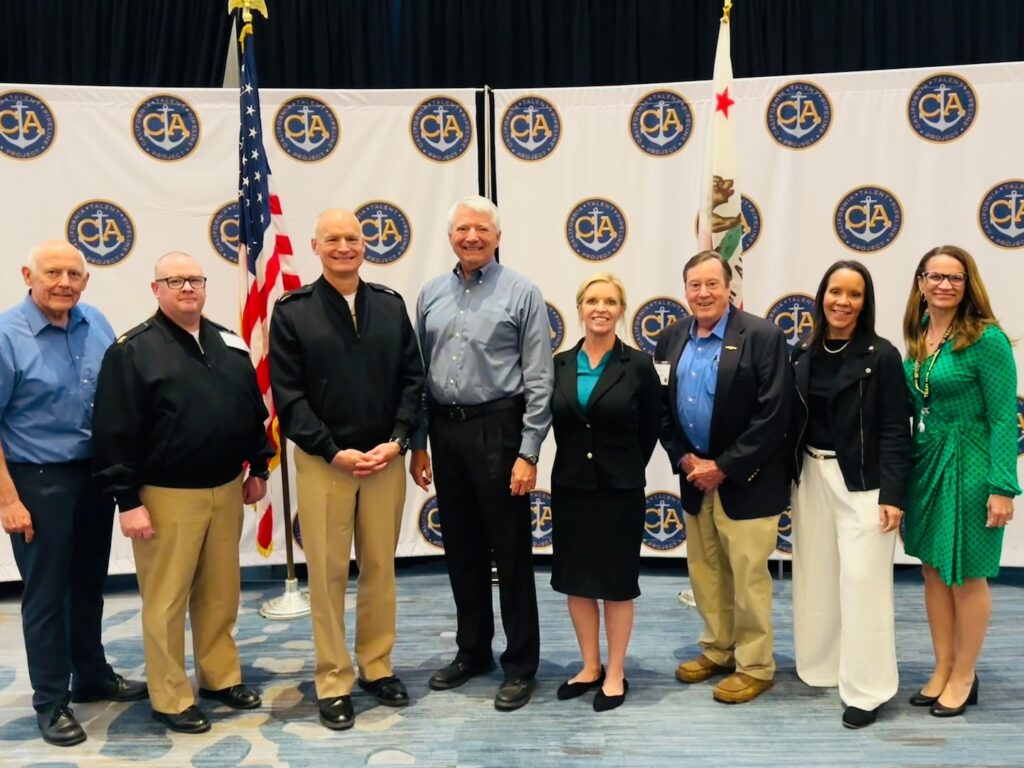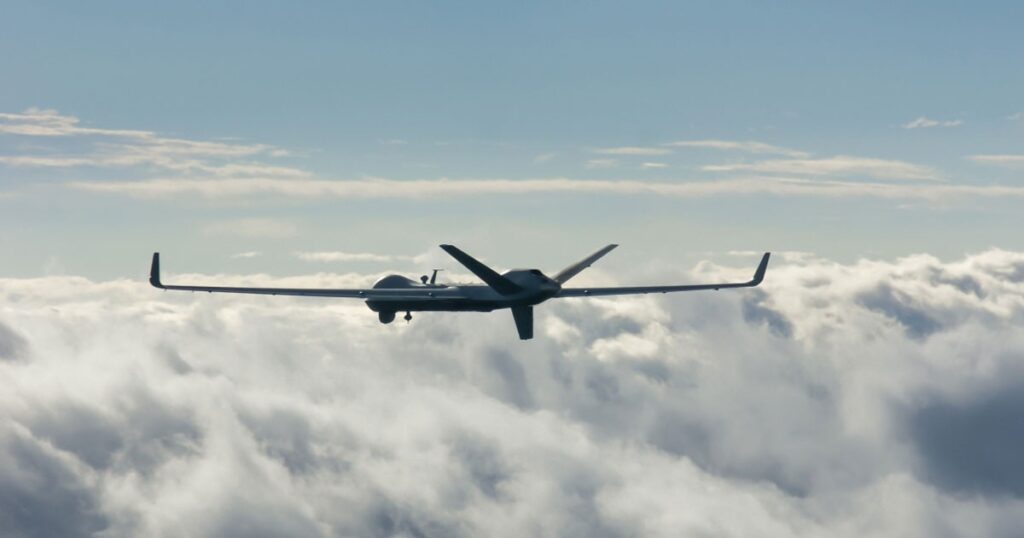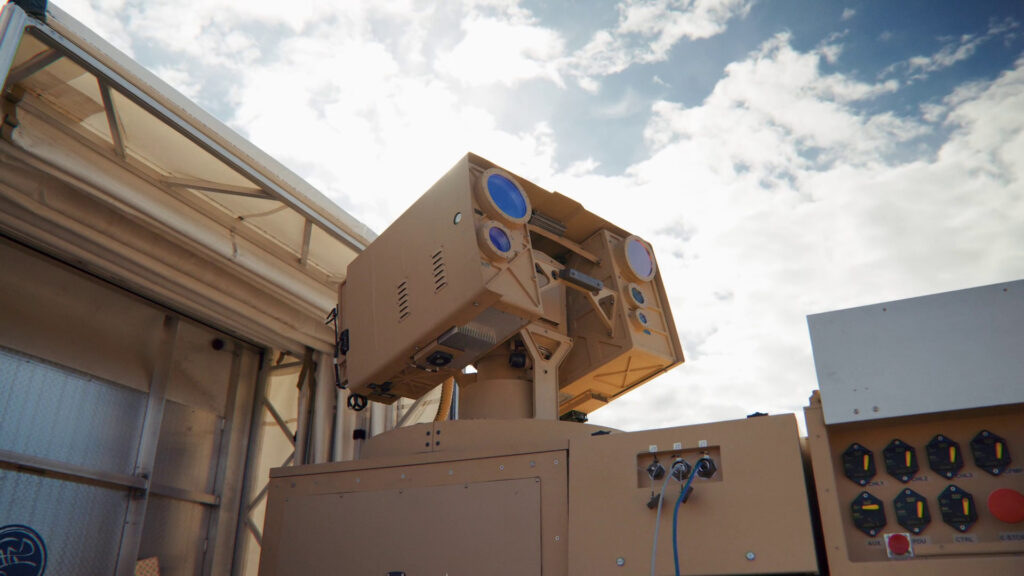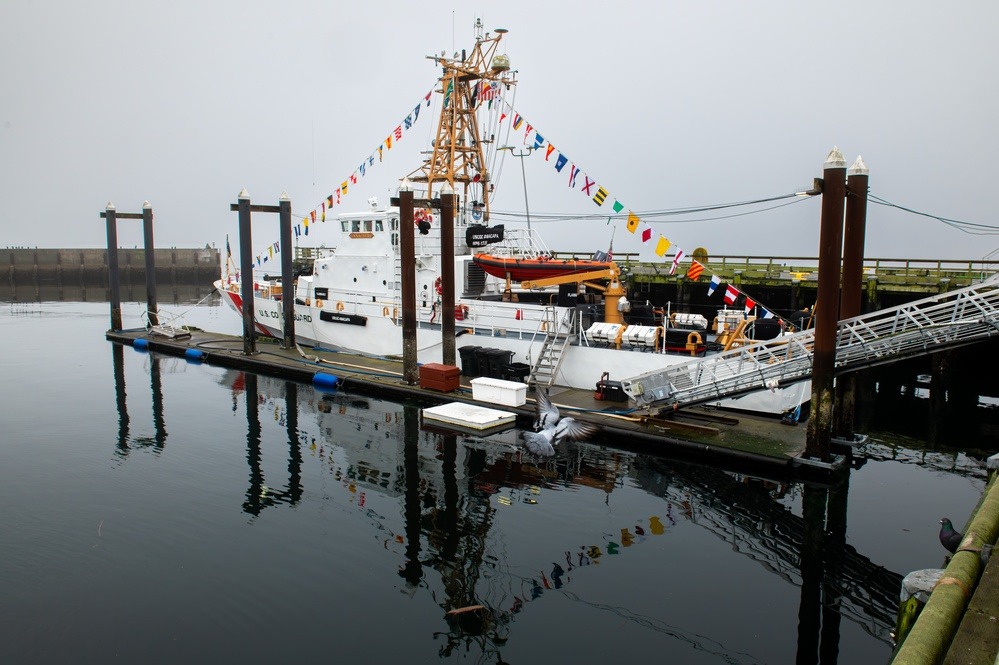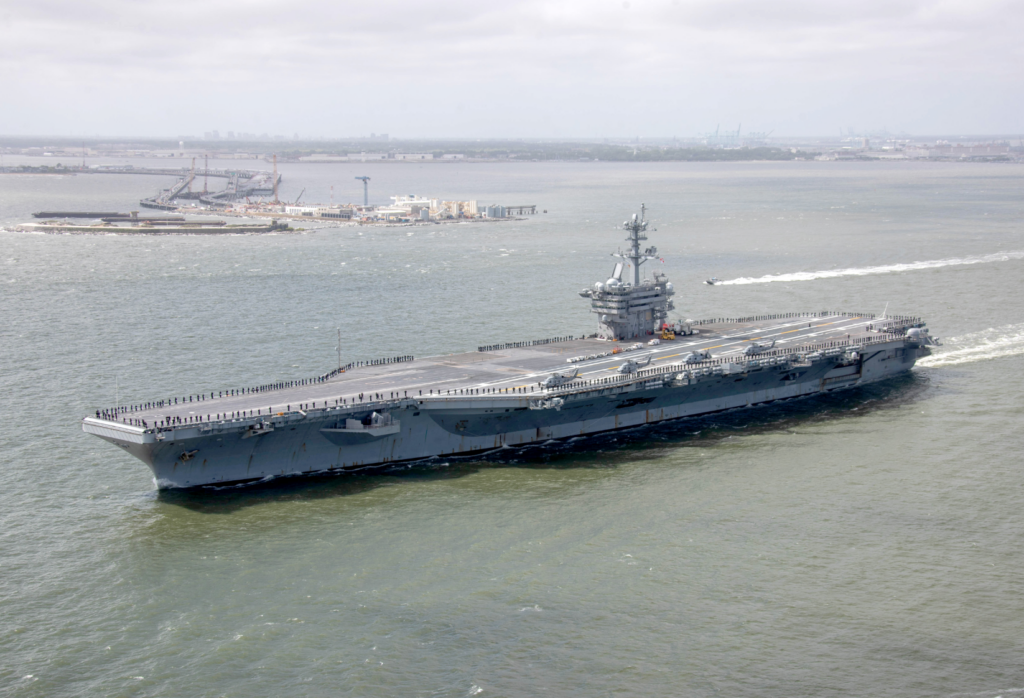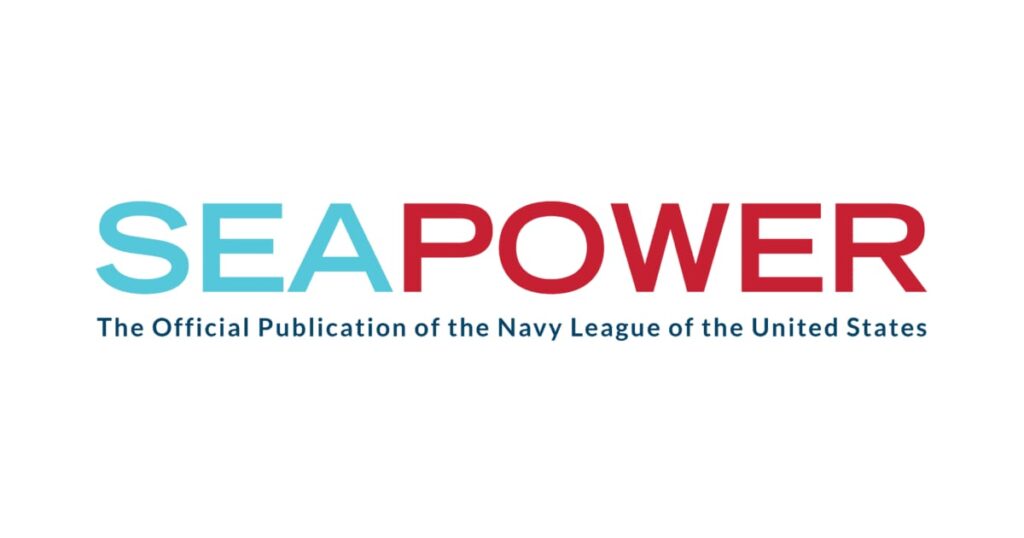Temporary Pier in Gaza on Track to Be Operational in May
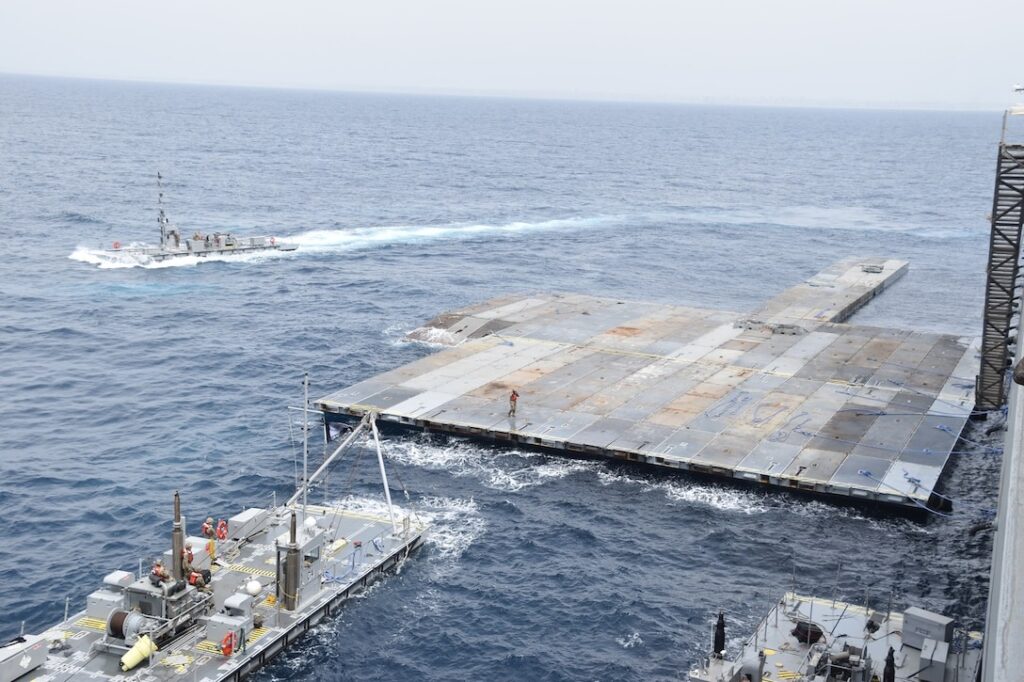
April 29, 2024 | By Matthew Olay, DoD News
A temporary pier the Defense Department is constructing off the Gazan coast to deliver humanitarian aid is on track to establish initial operations soon, the Pentagon announced today.
“We’re scheduled on track to meet our goal of early May,” said Deputy Pentagon Press Secretary Sabrina Singh during a news media gathering.
DOD originally announced its mission to construct the Joint Logistics Over-the-Shore, or JLOTS, capability on March 8, with a goal of beginning initial delivery operations about 60 days from that date.
DOD officials announced on April 25 that construction of the pier had begun, and recent satellite imagery from Gaza’s coastline has shown construction activity in the area.
The components of the JLOTS include a floating pier, an approximately 1,800-foot-long causeway that will be attached to the shore, and a group of logistic support vessels and barges that will transport the aid from the pier to the causeway.
“Right now, you’re seeing construction of that floating, temporary pier, and then, you’ll start to see construction of the causeway,” Singh told reporters. “Eventually, that causeway will be … pushed into the coastline and secured by the .”
Since announcing the temporary pier would be used in the humanitarian aid mission, DOD officials have repeatedly emphasized that the IDF will provide force protection on and around the JLOTS. No U.S. boots will be on the ground as part of pier operations in Gaza.
“There is an integrated cell with the IDF and our U.S. military to ensure that there is deconfliction happening,” Singh said. “And that also helps with the coordination of JLOTS and the pier itself. So, we are confident that we are in a good place.”
When the pier is completed, officials anticipate it will initially facilitate the delivery of an estimated 90 daily truckloads of humanitarian aid into Gaza. Once fully operational, that number should jump to about 150 truckloads, or roughly 2,000,000 meals per day.
